Increased Focus on Energy Efficiency
The Polycide Market is witnessing a heightened emphasis on energy efficiency across various sectors. As industries strive to reduce energy consumption and minimize environmental impact, the demand for materials that enhance energy efficiency is growing. Polycide Market materials, known for their superior electrical conductivity and thermal management properties, are becoming increasingly relevant. The energy efficiency market is projected to grow significantly, with estimates suggesting a potential increase of over 10 percent annually. This trend indicates that the Polycide Market could see substantial growth as companies seek to implement more efficient technologies and materials in their operations.
Growing Adoption of Electric Vehicles
The Polycide Market is poised to benefit from the accelerating adoption of electric vehicles (EVs). As the automotive sector shifts towards electrification, the demand for high-performance materials, including polycide, is expected to rise significantly. The EV market is anticipated to expand at a compound annual growth rate of around 22 percent, which will likely drive the need for advanced semiconductor solutions in electric drivetrains and battery management systems. This trend suggests that manufacturers in the Polycide Market must adapt to the evolving requirements of the automotive sector, potentially leading to increased investments in research and development to create tailored solutions for EV applications.
Emerging Applications in Consumer Electronics
The Polycide Market is experiencing growth due to emerging applications in consumer electronics. As technology advances, the demand for compact and efficient electronic devices is increasing, leading to a greater need for high-performance materials like polycide. The consumer electronics market is projected to grow at a compound annual growth rate of around 6 percent, driven by innovations in smartphones, wearables, and smart home devices. This trend indicates that manufacturers in the Polycide Market must focus on developing materials that cater to the specific requirements of these applications, potentially leading to new product developments and market opportunities.
Expansion of Telecommunications Infrastructure
The Polycide Market is likely to benefit from the ongoing expansion of telecommunications infrastructure. With the rollout of 5G networks and the increasing demand for high-speed internet, the need for advanced semiconductor materials is becoming more pronounced. The telecommunications sector is expected to grow at a compound annual growth rate of approximately 7 percent, which will drive the demand for polycide materials used in various applications, including RF devices and signal processing. This expansion suggests that the Polycide Market must align its offerings with the evolving needs of the telecommunications sector to capitalize on this growth opportunity.
Rising Demand for Advanced Semiconductor Technologies
The Polycide Market is experiencing a notable surge in demand driven by the increasing need for advanced semiconductor technologies. As electronic devices become more sophisticated, the requirement for high-performance materials like polycide is becoming critical. The semiconductor sector is projected to grow at a compound annual growth rate of approximately 5.6 percent, indicating a robust market for polycide materials. This growth is largely attributed to the proliferation of smart devices, IoT applications, and AI technologies, which necessitate the use of advanced materials to enhance performance and efficiency. Consequently, manufacturers in the Polycide Market are focusing on innovation and development to meet these evolving demands.


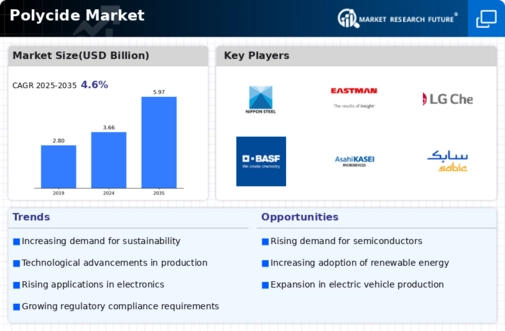
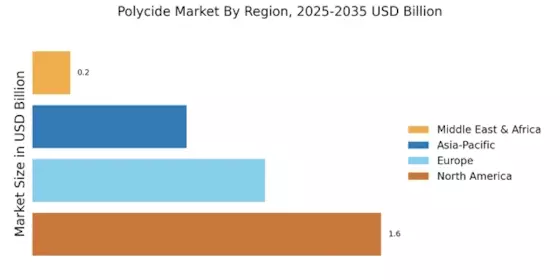
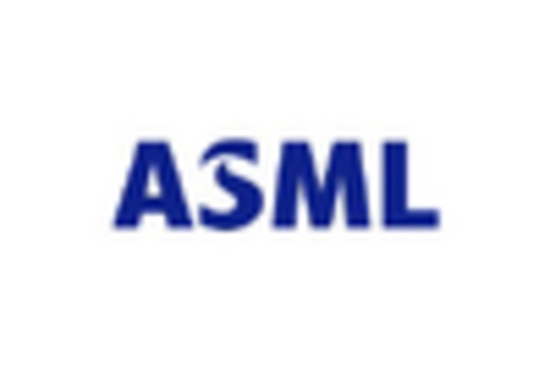
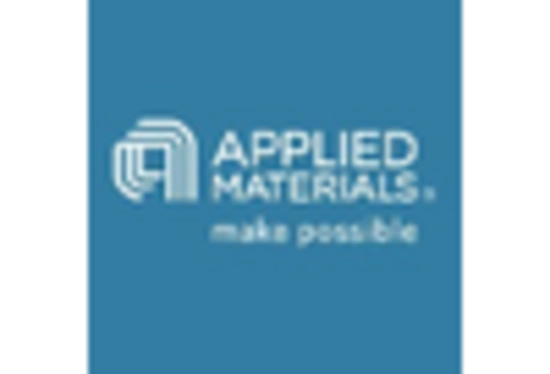

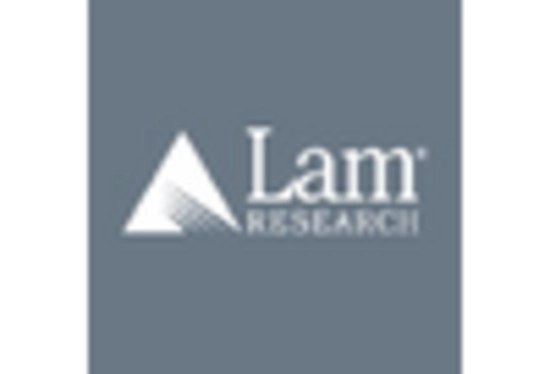
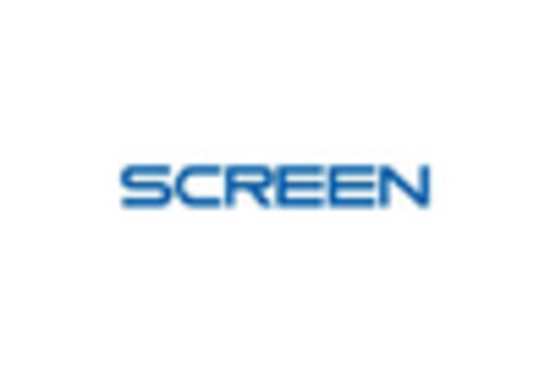
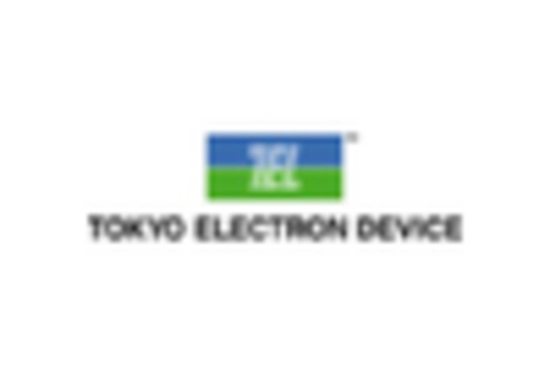








Leave a Comment